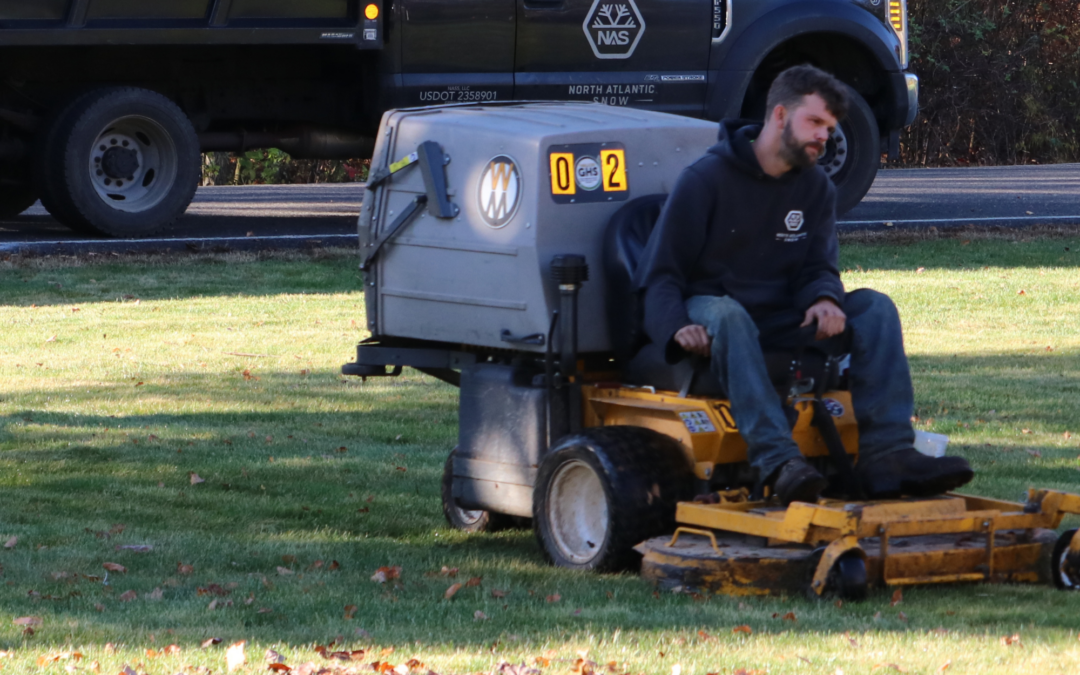Introduction
As the vibrant colors of autumn herald the arrival of winter, homeowners often find themselves contemplating the best practices for preparing their lawns for the cold season. One crucial aspect of fall lawn care is determining the optimal grass height before winter. This decision can significantly impact the health and resilience of your lawn during the colder months. In this article, we will explore expert insights and advice from reputable sources to guide you on how short to cut your grass before winter.
Understanding the Basics
Before delving into the recommended grass height for winter, it’s essential to understand the basic principles of fall lawn care. The transition from fall to winter brings about changes in temperature, daylight hours, and overall environmental conditions. Properly preparing your lawn for winter involves a combination of tasks, including mowing, fertilizing, and addressing potential pest and disease issues.
Grass Height Recommendations
According to North Atlantic Landscape’s experts, the ideal grass height before winter varies depending on your grass type. Cool-season grasses, such as Kentucky bluegrass and fescue, benefit from being slightly taller in winter. These grasses should be maintained at a height of 2.5 to 3 inches before winter sets in. On the other hand, warm-season grasses, like Bermuda grass, can be cut shorter, around 1 to 1.5 inches, as they enter dormancy during the colder months.
TruGreen, a well-known lawn care service, echoes similar sentiments. They emphasize the importance of adjusting your mowing height gradually in the weeks leading up to winter. This gradual reduction in grass height helps prevent shock to the lawn and encourages root growth, making the grass more resilient to winter stress.
Addressing Fall Lawn Mowing Myths
LawnSavers, another reputable source in the lawn care industry, debunks common myths related to fall lawn mowing. Contrary to popular belief, mowing your lawn too short before winter does not necessarily protect it from snow mold. In fact, excessively short grass can make your lawn more susceptible to winter damage. The key is to strike a balance by keeping the grass at an appropriate height for its type.
Why Mowing Matters
Mowing is a critical aspect of fall lawn care as it directly influences the health and vitality of your grass. Proper mowing helps control thatch buildup, promotes even growth, and ensures that sunlight and nutrients reach the soil. Additionally, maintaining the right grass height before winter prevents snow mold and other winter-related issues.
Conclusion
In conclusion, determining how short to cut your grass before winter is a vital decision that can impact the overall health of your lawn. The recommendations provided by experts emphasize the importance of considering your grass type and gradually adjusting the mowing height in the weeks leading up to winter. By following these guidelines and dispelling common myths, you can ensure that your lawn is well-prepared to withstand the challenges of the colder months. As winter approaches, investing time and effort into proper fall lawn care can contribute to a lush and resilient lawn when spring arrives.
Start Your Project
From start to finish - North Atlantic can handle any project.

Rye, New Hampshire
(603) 205-7777
info@northatlanticland.com
